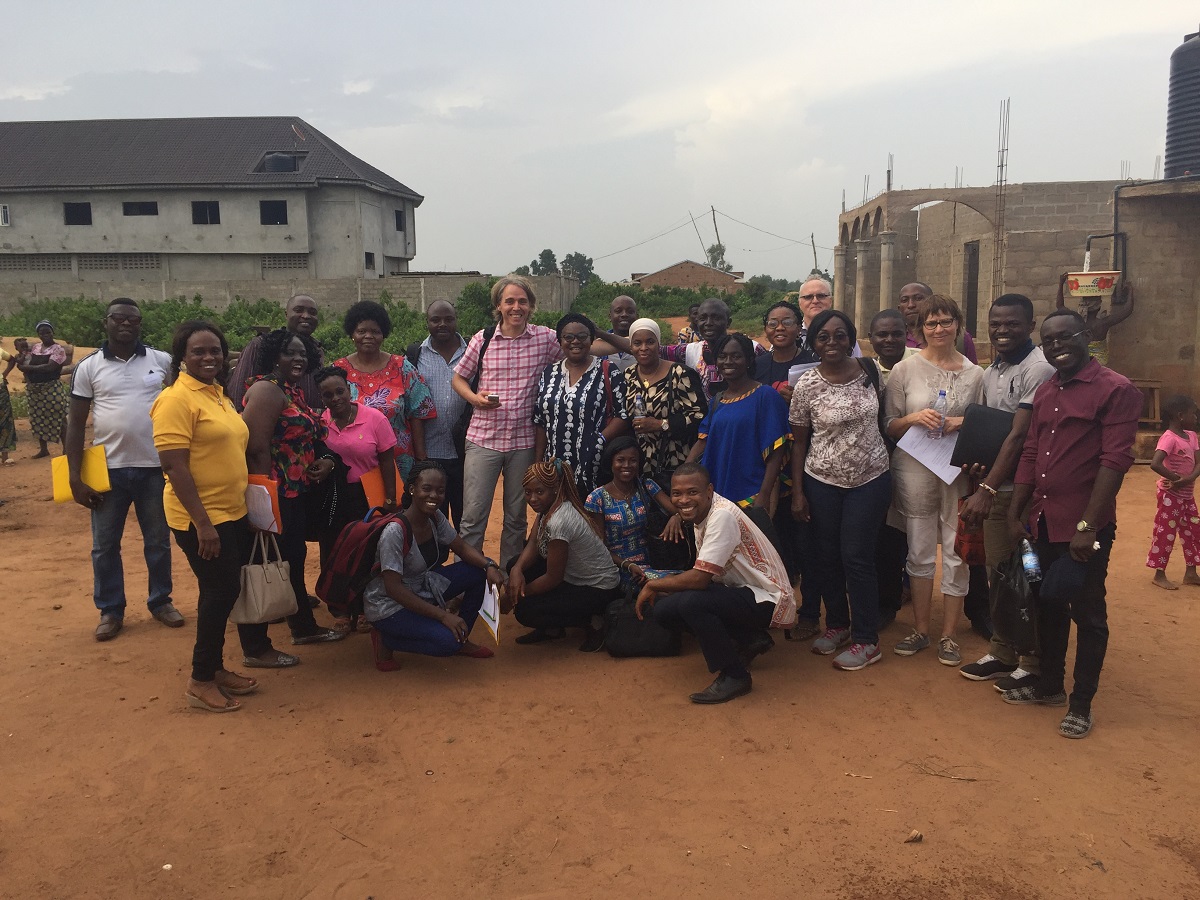
Maris Piper, a popular British potato variety, is widely considered the potato of choice to make the tastiest roast potatoes. Chefs and diners alike know how this variety, when roasted, will produce the crispiest coating with the fluffiest interior. How do plant breeders ensure that varieties they develop will display the traits that consumers and processors prefer? NRI and international partners are currently working on a project to identify and integrate producer, processor and consumer preferences for major roots, tubers and bananas (RTB) products into breeding programmes.
RTBs play an important role in people’s daily diets and household income across sub-Saharan Africa. For decades, breeding programmes have been improving genetic characteristics of RTBs, mainly to increase yield potential and pest and disease resistance under the ongoing realities of climate change. These objectives are undeniably important to address household food security issues in developing countries. However, there is a gap in our understanding of varietal traits and preferences for RTB varieties in terms of processing and consumption characteristics. This impacts the adoption of new RTB varieties by farmers throughout sub-Saharan Africa. There is also limited understanding of the socio-cultural influences on RTB product preferences and the differentiated needs of men, women, and other social groups involved in RTB food chains in Africa.
 To tackle these challenges, the CIRAD-led project, entitled ‘Breeding RTB Products for End User Preferences’, aims to link local consumer preferences with breeders’ selection criteria to ensure adoption along the value-chains of cassava, yam, sweet potato and cooking banana products. The RTBfoods project has a $15 million budget spanning five years in focus countries Benin, Cameroon, Ivory Coast, Nigeria, and Uganda.
To tackle these challenges, the CIRAD-led project, entitled ‘Breeding RTB Products for End User Preferences’, aims to link local consumer preferences with breeders’ selection criteria to ensure adoption along the value-chains of cassava, yam, sweet potato and cooking banana products. The RTBfoods project has a $15 million budget spanning five years in focus countries Benin, Cameroon, Ivory Coast, Nigeria, and Uganda.
“Creating an evidence base for RTB product preferences by gender and other factors of social difference can help breeders identify and prioritise specific traits in their breeding programmes,” explains NRI’s Dr Lora Forsythe who leads Work Package 1 for the RTBfoods project and the Gender and Social Difference Programme at NRI. “We aim to understand RTB preferences related to specific products and markets, and how these are negotiated at a household level, often between men and women. For example, in southwest Nigeria, male smallholder farmers tend to prefer to sell their cassava to starch factories requiring varieties with high starch content. Female smallholder farmers are more likely to process the crop into a range of food products, which are then sold at market or consumed in their household. Therefore, women’s preferences for varietal characteristics may be more reflective of their role in processing and household consumption, such as a high preference for peelability of the cassava root, or a specific taste, smell or texture of the final product.”
To understand the socio-economic dynamics of varietal and product preferences, NRI is leading interdisciplinary teams of food technologists, economists and gender specialists in conducting innovative research along RTB value chains to help inform breeding priorities. Profiling the preferences of value chain actors with their gender-differentiated trait and product preferences is expected to support breeding programmes in improving the adoption of new varieties and to help ensure food security and income generation across sub-Saharan Africa.
Contributing authors: Hanna Ewell, Lora Forsythe, Inderjit Dhooper and Gillian Summers
Links: Dr Forsythe’s profile | NRI’s Gender and Social Difference Programme |RTBFoods article, CIRAD
For more information contact

